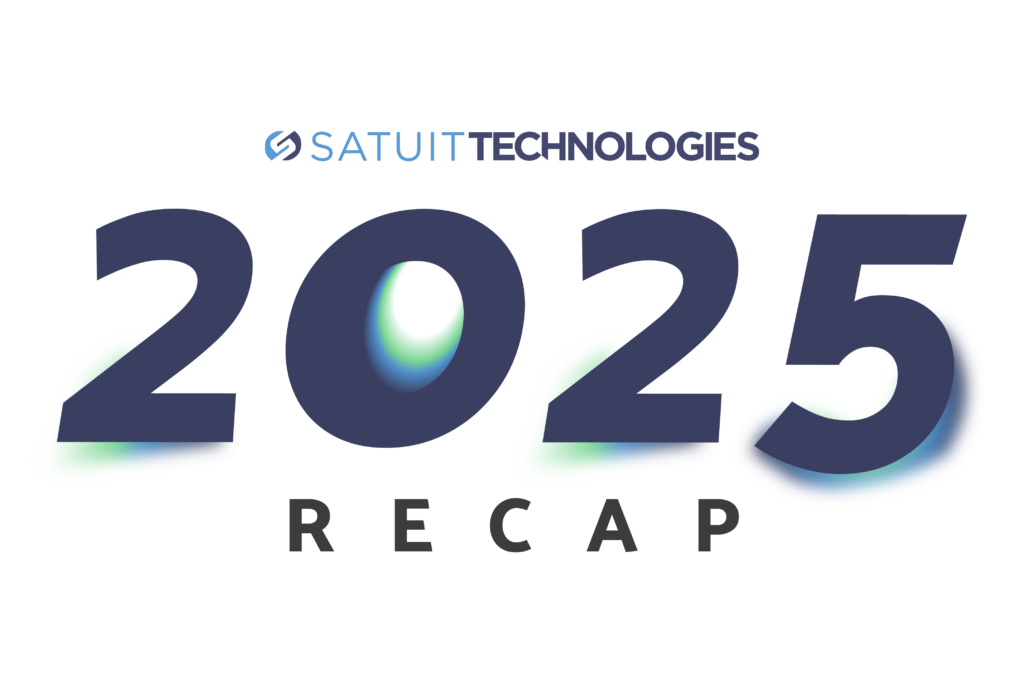Adopting new systems for your asset management firm can be a gamble, especially for those who are set in their ways when it comes to workflows and task completion. However, as business needs evolve, the systems your investment or asset management firms use should follow suit.
Implementing a new system can come with inevitable stumbling blocks, but there are ways to mitigate user challenges and increase the chances of a successful adoption. In turn, your firm can maximize ROI and further enhance client services.
Why CRM Adoption Matters in Investment Management
When asked to elaborate on the topic of CRM adoption, General Manager of Satuit, Jamie Plassmann comments:
“Ensuring total CRM adoption across teams is crucial because it fosters collaboration, improves communication, and ultimately leads to better client management. When everyone uses the same system, they can leverage the collective power of business data, drive efficiency, and enhance service delivery.”
Understanding the benefits of CRM adoption is essential for any investment or asset management firm looking to stay competitive. The following advantages streamline operations while also creating a more cohesive strategy for aligning with clients, thereby leading to improved client satisfaction.
Enhanced Client Relationships
A well-implemented CRM system centralizes client information, making it easier to personalize interactions and build stronger relationships. This is particularly crucial for investment professionals who manage multiple clients with diverse needs. CRMs should also track the relationship ecosystem around investors, tying them to advisors, consultants, and others that influence over their decisions, and those of other current and would-be investors.
Increased Efficiency
Streamlining processes and automating routine tasks frees up valuable time for financial advisors. With the ability to handle administrative burdens, an investment industry-specific CRM system allows you to focus on strategic decision-making and client engagement.
Better Data Management
Investment firms deal with large amounts of data. A CRM system helps in organizing this data efficiently, providing valuable insights via robust reporting while aiding in compliance with regulatory requirements. CRM’s provide one-source-of-truth for all information and activity, as well as providing permissions and controls to ensure data is only accessible to individuals or roles that are appropriate.
Steps to Drive CRM Adoption in Your Firm
1. Assess Your Needs
Before implementing a Customer Relationship Management (CRM) system, it’s best to conduct a thorough assessment of your firm’s specific needs. Start by identifying the pain points your team encounters in managing customer relationships, communication, and data organization. Finally, engage with various stakeholders to gather insights on their challenges and expectations.
2. Choose a CRM System Tailored to Your Needs
There are countless CRM systems available in the market. However, it’s best to find one that’s tailored to the needs of your respective industry or sector. Look for solutions that cater specifically to investment management and offer features like portfolio tracking, compliance management, and integration with financial tools.
3. Get Buy-In from Key Stakeholders
To drive CRM adoption, it’s essential to get buy-in from key stakeholders, including senior management, portfolio managers, and client relations personnel. It’s best to highlight the benefits and demonstrate how the CRM system will address their everyday pain points, whether related to managing relationships, sales and marketing follow-up or generating reports.
4. Provide Comprehensive Training
Invest in comprehensive training programs to ensure that all users are comfortable with the new system. This includes initial training sessions, ongoing support, and access to training materials to ensure each user understands the system’s key features and how to utilize them effectively.
5. Identify “Super-Users” or Bring in SMEs
Super-users or those who champion the effective use of CRM can be significant drivers of adoption. Alternatively, you can leverage the advice of Subject Matter Experts (SMEs) to demonstrate optimal usage of the system. To identify in-house experts, however, look for individuals who frequently log in, actively participate in community channels, and have achieved the best results using the tools.
6. Monitor and Measure Success
Monitor the adoption process regularly and measure success using key performance indicators (KPIs). These could include metrics like user engagement, data accuracy, and improvements in client satisfaction, all of which can indicate the success of CRM adoption in your firm.
7. Gather and Act on Feedback
Administrators can collect feedback from users to identify any challenges or areas for improvement, allowing them to address this feedback promptly to ensure the CRM system continues to meet the needs of users and their firms.
Driver Higher User Adoption with SatuitCRM
Driving CRM adoption in your investment or asset management firm can yield significant benefits to users and your business. With the support of a tailored CRM provider like Satuit, your business is poised to achieve a higher level of efficiency, collaboration, and, most importantly, improved client satisfaction.
Contact Satuit to learn more about driving CRM adoption and increasing user satisfaction.





